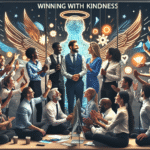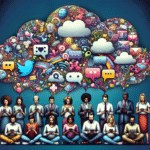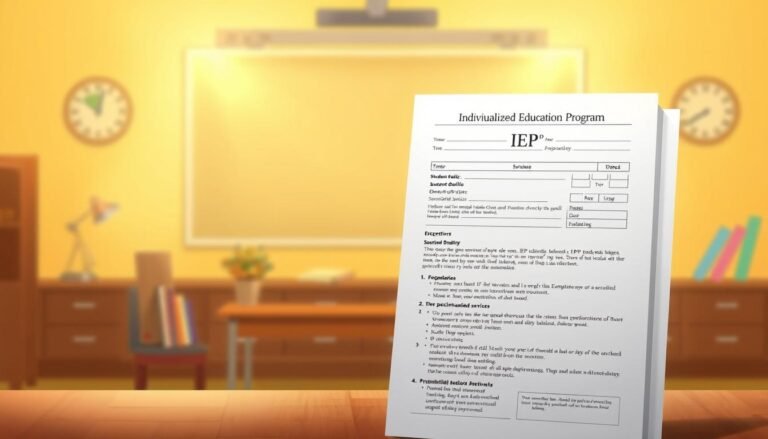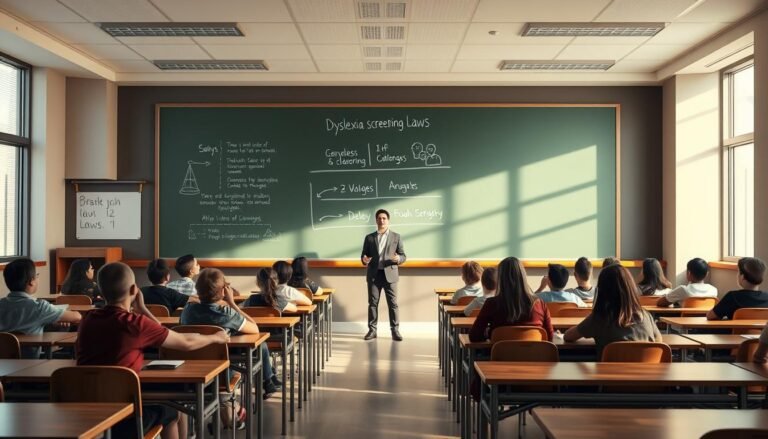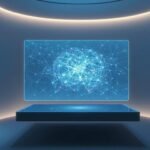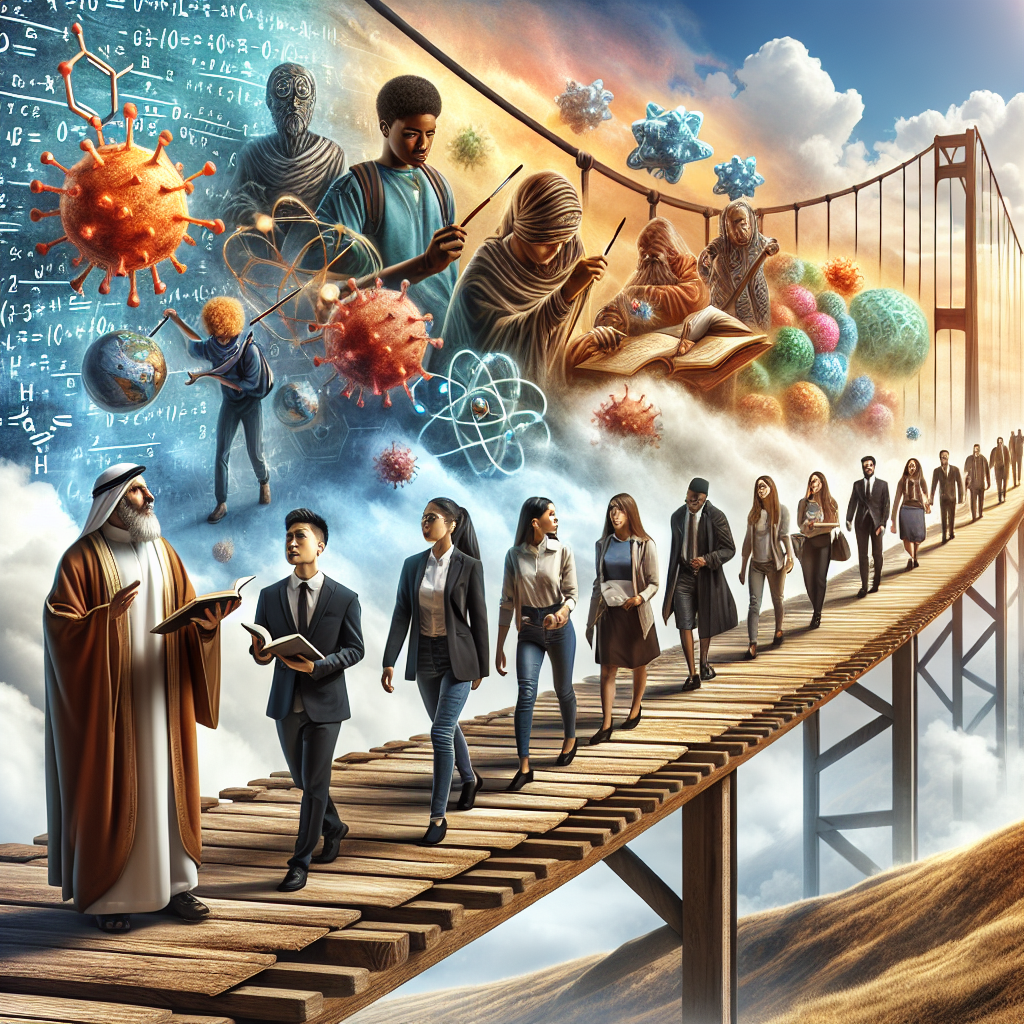
Bridging the Gap: Innovative Strategies to Support Students with Learning Disabilities
Introduction
In today’s educational landscape, the phrase "Bridging the Gap: Innovative Strategies to Support Students with Learning Disabilities" embodies a powerful call to action. As educators, parents, and advocates, we are presented with a unique opportunity to transform the academic experiences of students with learning disabilities. Despite the challenges these students may face, innovative strategies often lead to significant improvements in their educational journeys. Not only is bridging this gap essential for their success in school, but it is also vital for their overall self-esteem and future opportunities. This article delves into effective, proven strategies that can empower teachers and support students, providing compelling case studies and actionable insights along the way.
Understanding Learning Disabilities
Learning disabilities encompass a variety of neurological disorders that affect how individuals process information, making traditional learning methods less effective. Common learning disabilities include dyslexia, dysgraphia, and ADHD. Each condition presents unique challenges, but they share a common goal: to assist students in overcoming obstacles while maintaining their self-worth and potential.
Case Study: John’s Journey with Dyslexia
John, a 10-year-old diagnosed with dyslexia, struggled with reading fluency and comprehension. His school implemented a multi-sensory structured language program, allowing him to engage with the material through visual, auditory, and kinesthetic activities. As a result, John exhibited a remarkable improvement in his reading abilities, moving from the bottom of his class to the top quartile within a year. This example underscores the importance of tailored approaches when bridging the gap for students like John.
Innovative Strategies for Bridging the Gap
1. Differentiated Instruction
Differentiated instruction is a cornerstone of effective teaching for diverse learners. This approach involves modifying the content, process, and products of learning to meet students’ varying needs. For instance, teachers can use varied reading materials tailored to students’ comprehension levels, coupled with strategic grouping to foster collaboration.
Key Strategies:
- Flexible Grouping: Organizing students into different groups based on their current learning needs.
- Varied Instructional Methods: Incorporating visuals, storytelling, and hands-on activities.
2. Technology Integration
Leveraging technology creates an engaging learning environment that can significantly support students with learning disabilities. Tools like speech-to-text software or interactive reading apps can empower students, making learning more accessible.
Case Study: Emily’s Use of Technology
Emily, diagnosed with ADHD, struggled to stay focused during reading sessions. With the introduction of an interactive reading application that utilized gamification techniques, Emily not only remained engaged but also improved her reading comprehension scores by 30%. This effectively illustrates how technology can bridge the gap for students with learning disabilities.
3. Personalized Learning Plans (PLPs)
Creating personalized learning plans for students with learning disabilities is essential for their progression. A PLP allows educators to set achievable goals tailored to each student’s unique strengths and weaknesses.
Key Elements:
- Goal Setting: Establishing realistic and measurable objectives.
- Regular Assessment: Frequent evaluations to monitor progress and adapt the plan accordingly.
4. Multisensory Learning Approaches
Utilizing multisensory learning strategies improves retention and understanding. Combining visual, auditory, and tactile experiences fosters deeper connections with the material.
Practical Application:
Teachers can employ resources such as colored letters for phonemic awareness or manipulatives for math concepts. These strategies encourage engagement and facilitate learning through different senses.
5. Social-Emotional Learning (SEL)
Integrating social-emotional learning helps support the emotional well-being of students with learning disabilities. This approach not only focuses on academic skills but also emphasizes emotional regulation, self-awareness, and interpersonal skills.
Benefits of SEL:
- Improved Self-Esteem: Students gain confidence in their abilities.
- Better Peer Relationships: Enhanced social skills lead to more positive interactions with classmates.
6. Collaborative Learning Environments
Encouraging collaboration among students enhances learning experiences. Pairing students with learning disabilities with peers can create an inclusive classroom where everyone contributes to one another’s success.
Evidence of Effectiveness:
Research shows that collaborative learning environments cultivate empathy and understanding, which may ultimately lead to more profound academic engagement.
Tables of Innovative Strategies Overview
| Strategy | Description | Benefits |
|---|---|---|
| Differentiated Instruction | Personalized teaching methods for diverse learners | Better engagement and understanding |
| Technology Integration | Use of digital tools to facilitate learning | Increases accessibility and engagement |
| Personalized Learning Plans | Custom goals tailored to individual student needs | Ensures focused growth and improvement |
| Multisensory Approaches | Teaching through various sensory modalities | Enhances retention and comprehension |
| Social-Emotional Learning | Focus on emotional and social skills alongside academics | Improves self-esteem and peer interactions |
| Collaborative Learning | Learning in groups to foster inclusion and support | Builds teamwork skills and empathy |
Conclusion
Bridging the gap for students with learning disabilities is not just a goal—it is an imperative that requires commitment, creativity, and collaboration. The strategies discussed, ranging from differentiated instruction to innovative technology solutions, provide a pathway towards ensuring these students can achieve academic success and personal growth.
As educators and advocates, let us embrace innovative strategies to support our students and create classrooms where every learner feels valued, engaged, and capable of realizing their potential. Let us bridge the gap, not only to navigate the challenges of learning disabilities but to celebrate the unique strengths they bring to our educational communities.
FAQs
1. What are learning disabilities?
Learning disabilities are neurological disorders that affect how individuals process information, impairing their ability to read, write, or do math.
2. How can teachers identify students with learning disabilities?
Teachers can identify students through assessments, observations of academic performance, and by understanding the student’s unique challenges in the classroom.
3. What role does parental involvement play in supporting students with learning disabilities?
Parental involvement is crucial as it fosters a supportive home environment, encourages positive self-esteem, and reinforces learning strategies introduced in the classroom.
4. Can students with learning disabilities succeed in higher education?
Absolutely! With the right support, accommodations, and persistent effort, many students with learning disabilities succeed in higher education and beyond.
5. How can technology help students with learning disabilities?
Technology provides tailored learning experiences through interactive apps, speech-to-text software, and other resources that aid in comprehension and engagement.
6. What is the impact of social-emotional learning on students with learning disabilities?
Social-emotional learning significantly enhances self-esteem, equips students with coping strategies, and cultivates a sense of belonging among their peers.
In conclusion, bridging the gap for students with learning disabilities requires a collective effort fueled by innovative strategies, empathy, and unyielding support—we can make a difference in their lives when we work together!


